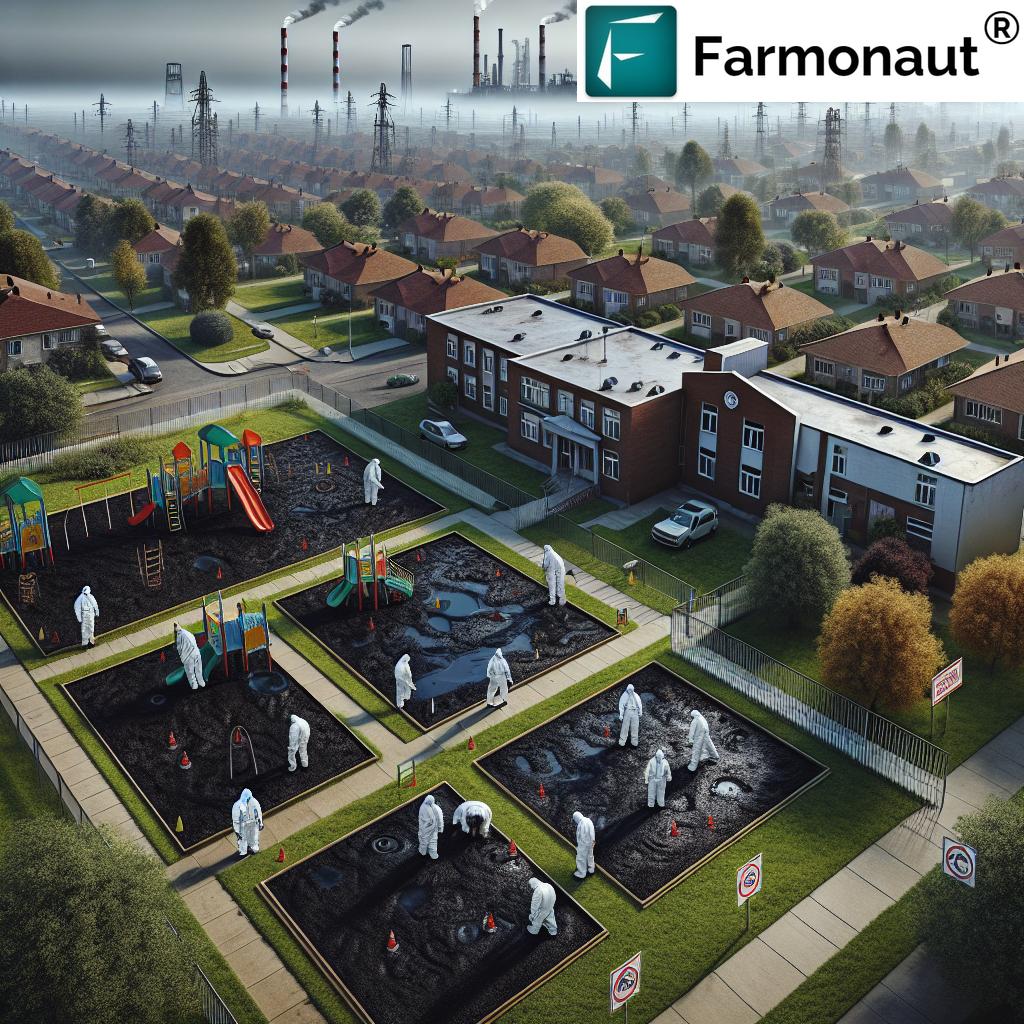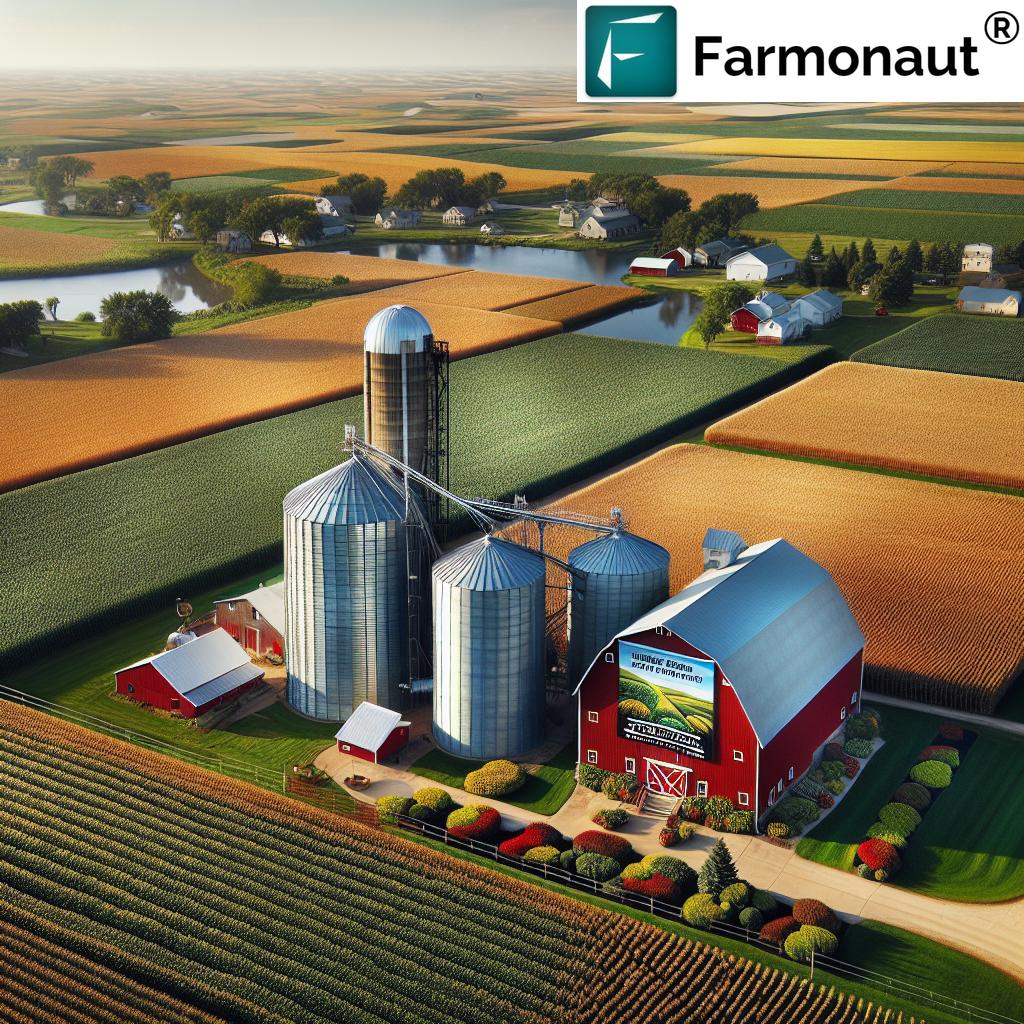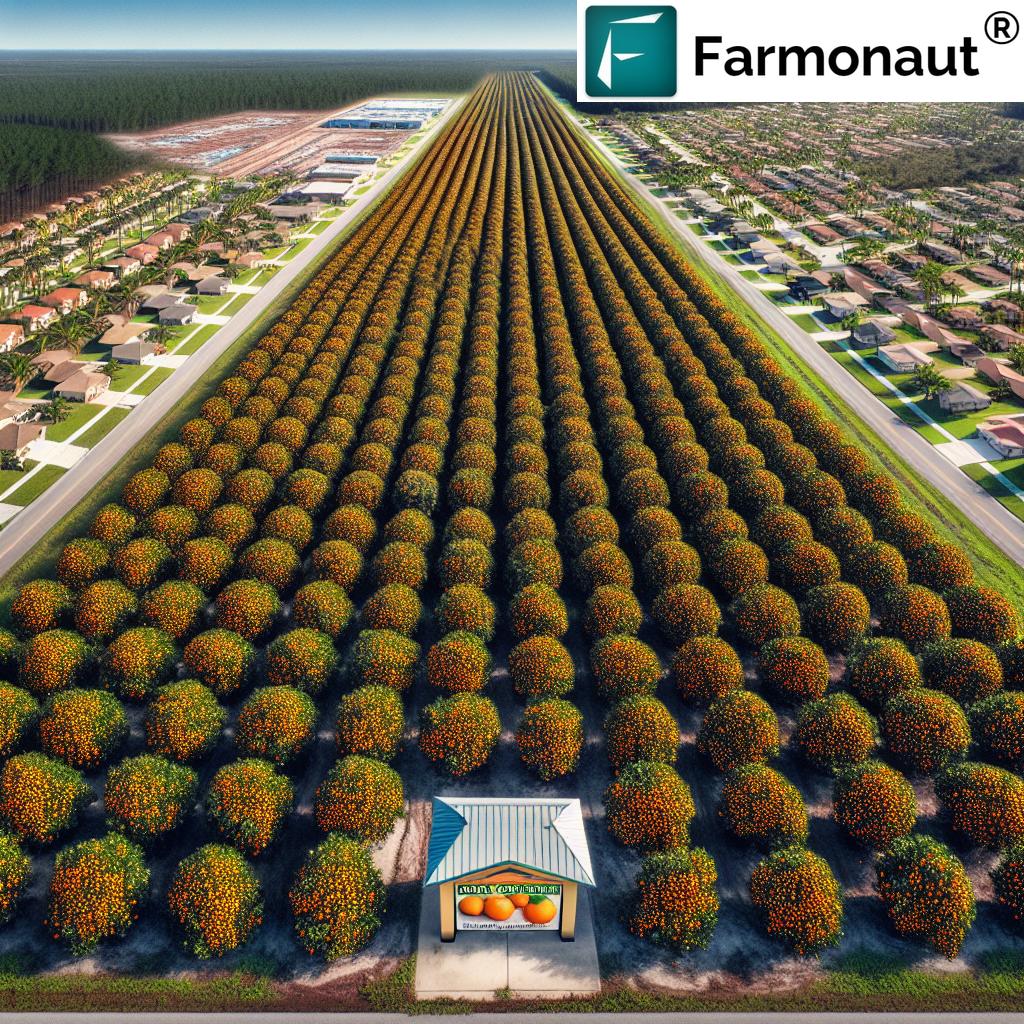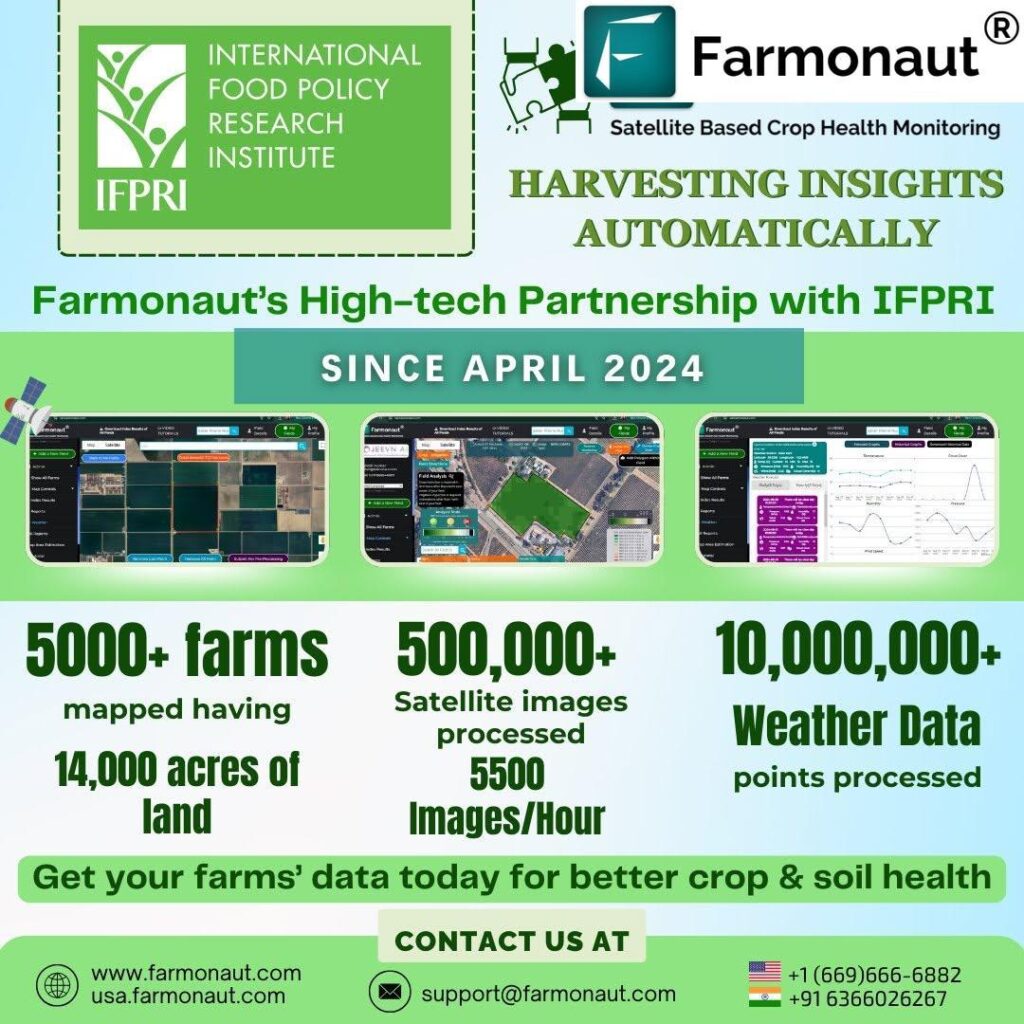Revolutionizing MLB: Milwaukee’s American Family Field Embraces Facial Recognition Technology for Enhanced Fan Experience
“By 2025, several MLB stadiums plan to implement facial recognition technology for ticket entry, revolutionizing fan access.”
As we step into a new era of baseball, we’re witnessing a technological revolution that’s set to transform the way we experience America’s favorite pastime. The Milwaukee Brewers are leading the charge in this exciting shift, embracing cutting-edge facial recognition technology at American Family Field. This innovative approach to stadium entry is just the tip of the iceberg in a series of upgrades that promise to enhance the fan experience and streamline operations across Major League Baseball (MLB) venues.
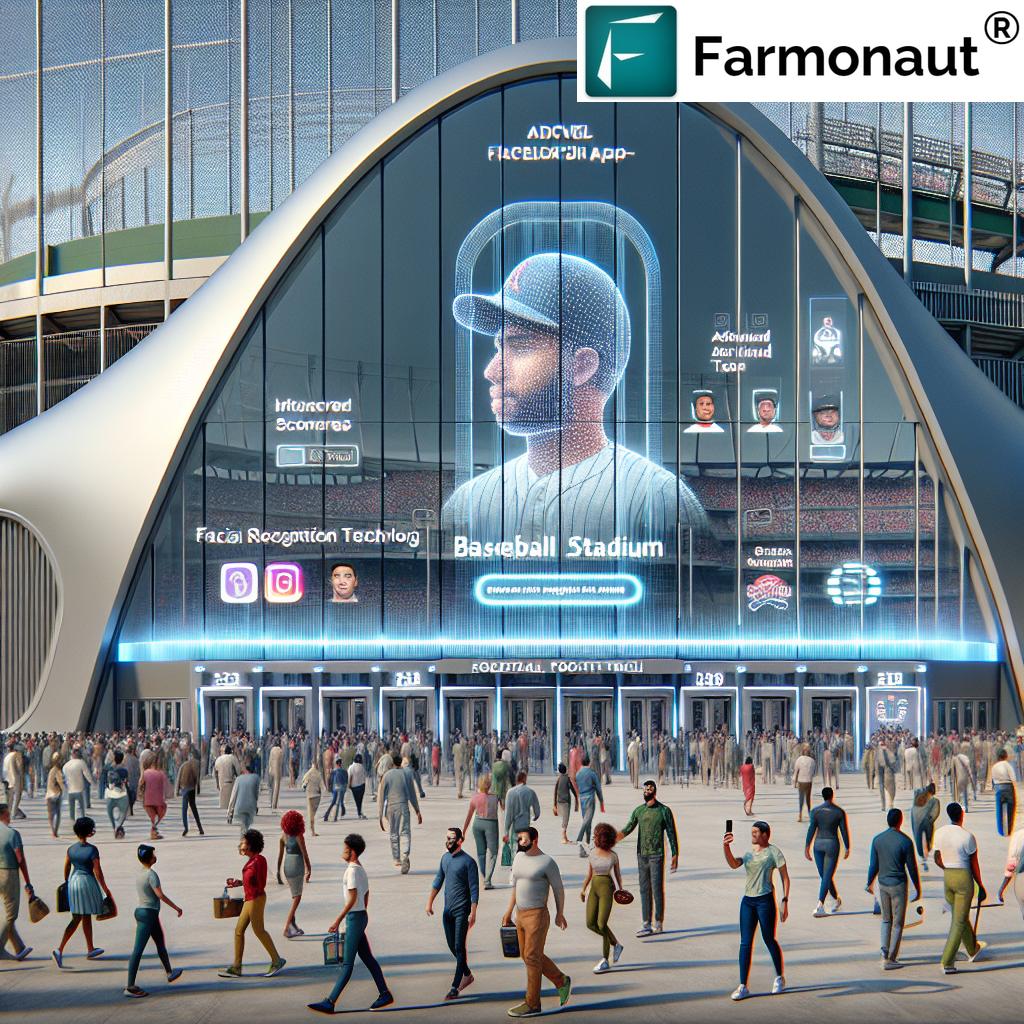
The Dawn of Facial Recognition at American Family Field
In an exciting announcement, Rick Schlesinger, the president of the Milwaukee Brewers, revealed that American Family Field will be introducing facial recognition technology at two of its stadium entrances for the 2025 season. This innovative system aims to revolutionize the entry process for fans, offering a smoother and more efficient alternative to traditional ticket scanning methods.
The facial recognition technology will be initially tested at the home plate and third base entrances. If the trial run proves successful and receives positive feedback from patrons, the Brewers plan to expand its implementation across other access points in the stadium.
How Facial Recognition Will Work for Fans
- Fans will need to download and use the MLB Ballpark app
- Through the app, users can upload a selfie
- The selfie is then linked to the user’s ticket information
- At the stadium, fans can simply walk up to the gate
- The system recognizes their face, granting quick entry without the need for phone scanning
It’s important to note that this new technology is entirely optional. Fans who prefer the traditional method can still use their smartphones for ticket scanning. However, Schlesinger anticipates that facial recognition will eventually become the norm across major league ballparks, signaling a significant shift in how we access sporting events.
The Bigger Picture: MLB’s Technological Evolution
The adoption of facial recognition technology at American Family Field is not an isolated event. By the end of the 2024 season, seven other MLB teams will have already implemented similar systems. This trend underscores a league-wide commitment to enhancing the fan experience through innovative technologies.
As we look at the broader landscape of MLB stadiums, we’re seeing a comprehensive approach to modernization that goes beyond just entry systems. From improved food options to expanded office spaces and plans for year-round usage, these changes reflect a holistic vision for the future of baseball venues.
Addressing Fan Concerns: Security and Privacy
While the introduction of facial recognition technology has generated excitement, it has also raised some questions among fans. During interviews at nearby Kelly’s Bleachers, some patrons expressed initial skepticism about the system’s effectiveness, particularly concerning wait times.
However, it’s crucial to understand that the facial recognition system is designed to expedite the entry process, not replace security measures. Schlesinger has assured fans that regardless of whether they opt for facial recognition or traditional ticket scanning, all patrons with bags or purses will still undergo necessary security screenings.
As for privacy concerns, many local fans seem relatively unconcerned, drawing parallels to the everyday use of similar technologies in personal and financial contexts. The optional nature of the system also provides an element of choice for those who may have reservations.
Beyond Facial Recognition: A Stadium-Wide Transformation
While facial recognition at stadiums is capturing headlines, it’s just one part of a broader initiative to modernize MLB ballparks. American Family Field, in particular, is undergoing significant changes that will reshape the fan experience both during games and potentially year-round.
Office Space Expansion
In a move that balances fan experience with operational needs, approximately 1,600 seats in right field will be removed to create office space for the team’s baseball operations department. This change reflects the growing importance of analytics and behind-the-scenes operations in modern baseball. Despite this reduction, the stadium’s overall capacity will remain impressive, still accommodating over 40,000 fans.
Culinary Innovations
Food lovers have reason to celebrate as American Family Field introduces new food stands on the third base side of the loge level. These stands will be operated by local food trucks, bringing a taste of Milwaukee’s vibrant culinary scene directly into the ballpark. This move not only enhances the variety of food options available but also supports local businesses and adds a unique, local flavor to the stadium experience.
“American Family Field’s winterization plans aim to enable year-round events by 2027, expanding the stadium’s functionality.”
Winterization: A Year-Round Vision
Perhaps the most ambitious part of American Family Field’s transformation is the plan for extensive winterization. Schlesinger has confirmed that post-2025 season, the stadium will undergo renovations aimed at making it suitable for winter events. The goal is to have these upgrades completed by 2027, potentially turning the ballpark into a year-round venue for various events and activities.
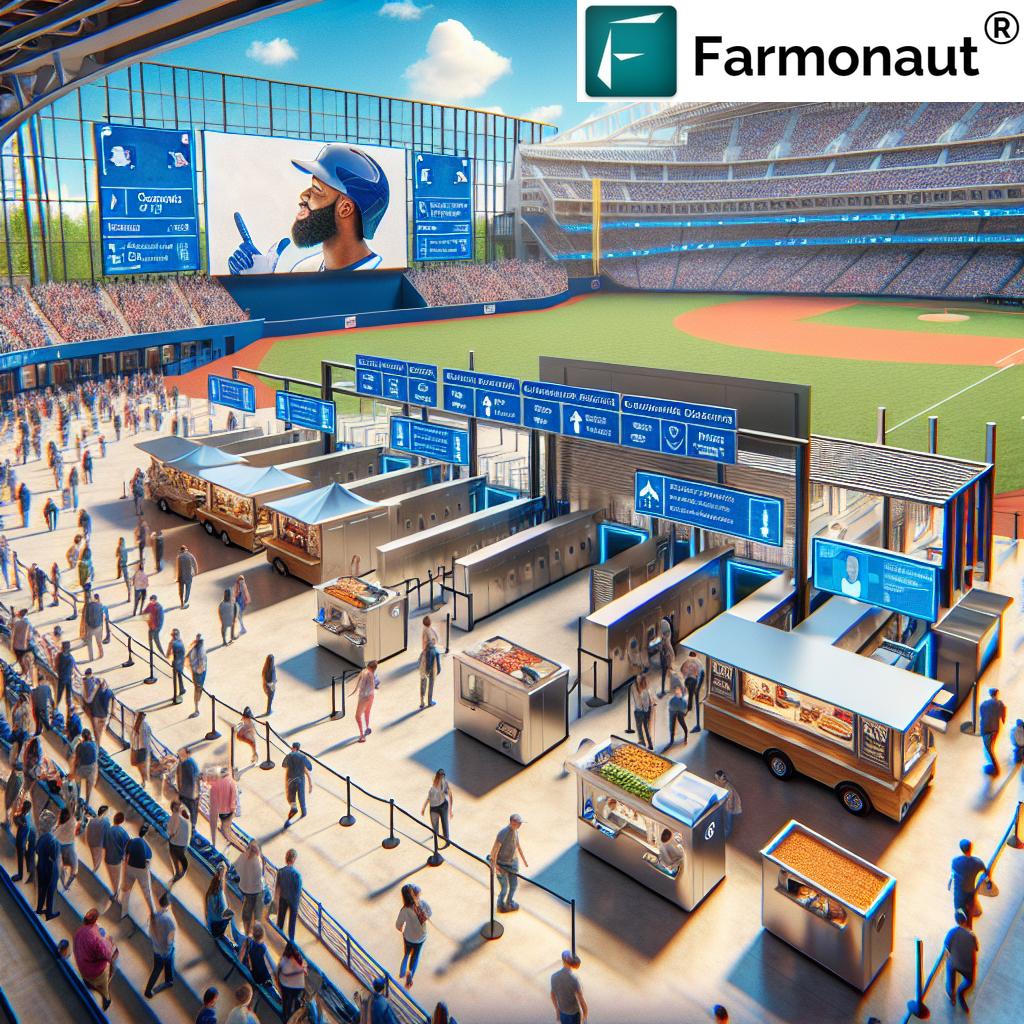
The Impact on Fan Experience
These technological advancements and stadium upgrades are set to revolutionize the fan experience at American Family Field and across MLB venues. Let’s delve into how these changes will affect different aspects of attending a game:
1. Streamlined Entry
With facial recognition technology, fans can expect a smoother and faster entry process. No more fumbling for phones or tickets – a simple walk up to the gate is all it takes. This efficiency could significantly reduce queues and wait times, especially during peak entry periods before games.
2. Enhanced Security
While the entry process becomes more efficient, security remains a top priority. The facial recognition system adds an extra layer of verification, potentially making it more difficult for tickets to be transferred or used fraudulently. Combined with existing security measures, this technology aims to create a safer environment for all attendees.
3. Personalized Experiences
As facial recognition technology becomes more integrated, it opens up possibilities for personalized experiences within the stadium. For instance, it could be used to offer tailored promotions, guide fans to their seats, or even remember food preferences for quick ordering at concession stands.
4. Diverse Culinary Options
The introduction of local food trucks brings a new dimension to ballpark dining. Fans can now enjoy a wider variety of cuisines, supporting local businesses while savoring unique flavors that go beyond traditional stadium fare. This move caters to diverse tastes and dietary requirements, enhancing the overall fan experience.
5. Year-Round Entertainment
The winterization plans for American Family Field signify a shift towards making the stadium a year-round destination. This could mean anything from winter sports events to concerts and community gatherings during the off-season, providing fans with more opportunities to enjoy the venue beyond the baseball season.
The Future of MLB Stadiums: A League-Wide Perspective
As we look at the changes happening at American Family Field, it’s clear that these advancements are part of a broader trend across Major League Baseball. Let’s explore how other stadiums are embracing technology and what this means for the future of America’s pastime.
Adoption of Facial Recognition Across the League
While Milwaukee is making headlines with its facial recognition plans, other MLB teams are not far behind. By the end of the 2024 season, seven other teams will have implemented similar technology. This widespread adoption suggests that facial recognition could become a standard feature at MLB ballparks in the near future.
Technological Integration in Other Stadiums
Beyond facial recognition, MLB stadiums are incorporating various technologies to enhance the fan experience:
- Mobile Ordering: Many stadiums now offer mobile ordering for food and beverages, reducing wait times at concession stands.
- Augmented Reality (AR): Some venues are experimenting with AR features in their apps, providing interactive stadium maps, player stats, and even virtual mascot encounters.
- High-Speed Wi-Fi: Improved connectivity throughout stadiums allows fans to share their experiences on social media and access digital features seamlessly.
- Cashless Transactions: Many ballparks are moving towards completely cashless systems, speeding up transactions and reducing lines.
Sustainability Initiatives
In line with growing environmental concerns, many MLB stadiums are implementing sustainability measures:
- Solar panels for renewable energy generation
- Water conservation systems
- Recycling and composting programs
- LED lighting to reduce energy consumption
These initiatives not only reduce the environmental impact of stadiums but also resonate with environmentally conscious fans.
The Economic Impact of Stadium Modernization
The technological and infrastructural upgrades at American Family Field and other MLB stadiums have significant economic implications:
1. Job Creation
The implementation of new technologies and the expansion of stadium capabilities create jobs in various sectors, from IT professionals to maintain new systems to additional staff for expanded operations.
2. Local Business Opportunities
The inclusion of local food trucks at American Family Field exemplifies how stadium modernization can benefit local businesses. This model, if adopted widely, could create valuable opportunities for small businesses in other MLB cities.
3. Increased Revenue Streams
Year-round usage of stadiums, made possible by winterization efforts, opens up new revenue streams for teams. This could include hosting concerts, corporate events, or other sporting events during the off-season.
4. Tourism Boost
Enhanced stadium experiences can attract more out-of-town visitors, potentially boosting local tourism. This is particularly significant for cities where the baseball stadium is a major attraction.
Challenges and Considerations
While the future of MLB stadiums looks exciting, there are challenges and considerations that teams and league officials must address:
1. Privacy Concerns
The implementation of facial recognition technology raises privacy concerns. Teams will need to be transparent about data usage and ensure robust security measures to protect fan information.
2. Accessibility
As stadiums become more tech-centric, it’s crucial to ensure that these advancements don’t alienate fans who may not be as tech-savvy or those without access to smartphones.
3. Balancing Tradition and Innovation
Baseball has a rich tradition, and while innovation is important, teams must find a way to balance new technologies with the traditional aspects of the game that fans cherish.
4. Cost Considerations
The significant investments required for these upgrades could potentially impact ticket prices. Teams will need to carefully manage these costs to keep baseball accessible to a wide range of fans.
The Road Ahead: What Fans Can Expect
As we look towards the future of MLB stadiums, fans can anticipate an increasingly immersive and convenient experience. Here’s what we might expect in the coming years:
- Seamless Integration of Technology: From entry to exit, technology will play a more prominent role in enhancing the fan experience.
- Personalized Experiences: Advanced data analytics could lead to more tailored experiences for fans, from customized notifications to personalized seat recommendations.
- Interactive Fan Engagement: We may see more interactive elements, such as AR experiences or real-time stat tracking, that allow fans to engage with the game in new ways.
- Sustainable Practices: Expect to see more eco-friendly initiatives as stadiums strive to reduce their environmental impact.
- Year-Round Entertainment: With winterization efforts like those at American Family Field, stadiums may become multi-purpose venues that offer entertainment throughout the year.
Timeline of MLB Stadium Technology Advancements
| Year | Technology/Upgrade | Stadiums Implementing | Expected Benefits |
|---|---|---|---|
| 2024 | Facial Recognition Pilot | 7 MLB Stadiums | Faster entry, enhanced security |
| 2025 | Facial Recognition Expansion | American Family Field + 5 others | Streamlined access, reduced wait times |
| 2025 | Local Food Truck Integration | American Family Field | Diverse food options, local business support |
| 2026 | AR Fan Experience Features | 10+ MLB Stadiums | Interactive stadium navigation, enhanced engagement |
| 2027 | Stadium Winterization | American Family Field | Year-round event hosting capability |
Conclusion: A New Era for Baseball Fans
As we’ve explored throughout this article, the introduction of facial recognition technology at American Family Field is just the beginning of a new era for baseball stadiums. From streamlined entry processes to diverse culinary options and year-round entertainment, the fan experience is set to undergo a significant transformation.
While challenges exist, particularly in terms of privacy and maintaining the traditional aspects of the game, the potential benefits are immense. Faster entry times, enhanced security, and personalized experiences promise to make attending a baseball game more enjoyable than ever before.
As MLB stadiums continue to evolve, they’re not just changing how we watch baseball – they’re redefining what it means to be a fan in the digital age. Whether you’re a tech enthusiast or a traditionalist, these changes aim to create a more inclusive, efficient, and exciting environment for all baseball lovers.
The future of America’s pastime is here, and it’s more innovative, connected, and fan-focused than ever before. As we look forward to the 2025 season and beyond, one thing is clear: the game we love is embracing the future while honoring its rich past. Play ball!
Frequently Asked Questions (FAQ)
- Q: Is facial recognition technology mandatory for entering American Family Field?
A: No, it’s optional. Fans can still use traditional ticket scanning methods if they prefer. - Q: How does the facial recognition system work?
A: Fans upload a selfie via the MLB Ballpark app, which links their face to their tickets. At the stadium, cameras recognize their face for entry. - Q: Will facial recognition technology replace security checks?
A: No, security checks for bags and purses will still be conducted regardless of the entry method used. - Q: When will the facial recognition system be implemented at American Family Field?
A: The system is planned to be introduced for the 2025 season. - Q: How many other MLB stadiums are using facial recognition technology?
A: By the end of the 2024 season, seven other MLB teams will have implemented similar systems. - Q: What other changes are coming to American Family Field?
A: The stadium will see new food truck options, office space expansion, and plans for winterization by 2027. - Q: Will the stadium’s capacity be affected by these changes?
A: While about 1,600 seats will be removed for office space, the overall capacity will remain above 40,000. - Q: How will the winterization plans affect the use of the stadium?
A: Winterization aims to make the stadium suitable for year-round events, potentially including winter activities by 2027. - Q: Are there privacy concerns with facial recognition technology?
A: While some concerns exist, the system is optional, and many fans seem comfortable with it, comparing it to everyday technologies. - Q: How will these changes impact ticket prices?
A: While not explicitly stated, teams will need to balance the costs of upgrades with maintaining accessible ticket prices for fans.
Earn With Farmonaut: Affiliate Program
Earn 20% recurring commission with Farmonaut’s affiliate program by sharing your promo code and helping farmers save 10%. Onboard 10 Elite farmers monthly to earn a minimum of $148,000 annually—start now and grow your income!
Additional Resources:









